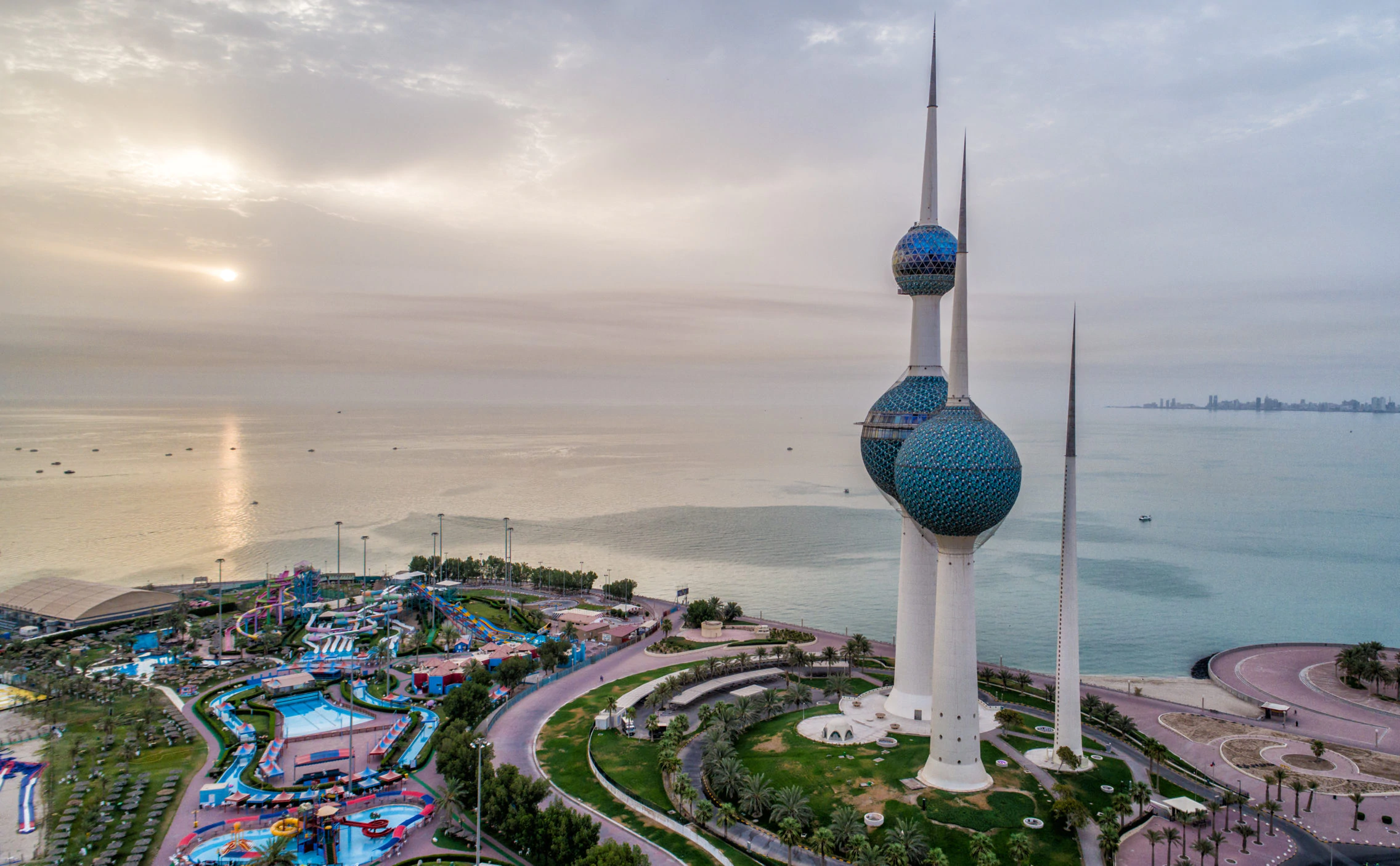
Agriculture, livestock and fisheries
Agriculture plays an important role in the economies of different countries, and the contribution of the agricultural sector to economic development is evident by meeting the additional demand for food resulting from population growth. The state seeks to develop the agricultural sector and encourage farmers by providing material support and providing them with agricultural services to develop this sector and make it an important source of resources. National income.
the climate
Due to Kuwait's location in the desert geographic region, its climate is of a continental type that is characterized by a long, hot, dry summer, and a short warm winter that is sometimes rainy, and dusty winds blow during the summer months, and the humidity rises during the mentioned months, and the temperature may sometimes reach 50 ° C in Shade, often through dusty winds (dust storms).
As for the winter, despite its shortness, it is very warm, during which the average temperature reaches 18 degrees Celsius, and the temperature may drop to zero at times.
As for the autumn and spring seasons, they are short, and the rains are winter and irregular and vary from year to year.
Capital
Kuwait City - the capital of the State of Kuwait - is located on the southern coast of John Kuwait, so it enjoys natural protection.
The city arose in this location about three centuries ago or more, then the city grew after that and its importance increased. Throughout its history, the city was surrounded by three walls to protect it during the years 1760 AD - 1811 AD - 1920 AD respectively.
The city witnessed a clear urban and demographic renaissance since the early fifties, as plans were drawn up to develop the city on sophisticated foundations.
The area of the city today doubled, and urbanization extended outside the walls of the old city and modern suburbs emerged, buildings of a modern character were constructed, and modern roads were paved that link the parts of the state.
Population evolution
Population information during historical periods was limited to the estimates mentioned by some travelers, and the first official population census was conducted in 1957 AD, and the population reached about 206,473 people, of whom 92,851 were expatriates, and in 1961 AD, the population of the State of Kuwait reached 321621, of whom 62% were males. And 37% of females, and this difference in the gender composition of the population is the result of the external migration that Kuwait witnessed.
Since 1965, the State of Kuwait began conducting regular censuses every five years.
The population in 1985 AD was about 1697301 people, of whom 56% were males and 44% were females. As for the year 1990 AD, the total population reached 2141465 people, of whom 72% were non-Kuwaitis (expatriates), and during this year the population situation underwent changes Great as a result of the aggression and the brutal Iraqi occupation of Kuwait and the consequent immigration of Arabs and others. In the year 1995 AD, the total population was about 1577598 people, of whom 58% were non-Kuwaitis.
The general census of population, housing and establishments for the year 2005, which is the ninth in a series of censuses of the State of Kuwait, and the first in the twenty-first century - in April 2005.
The preliminary results of the 2005 population census resulted in the number of residents - present on the night of the count of 20/21 April in the State of Kuwait. It reached (2,213,403) people, of whom (880,774) were Kuwaitis, (1,332,629) were non-Kuwaitis.
Most of the population of the State of Kuwait is concentrated in Kuwait City and its suburbs, and the population distribution is almost limited to the areas bordering the Arabian Gulf coast.
